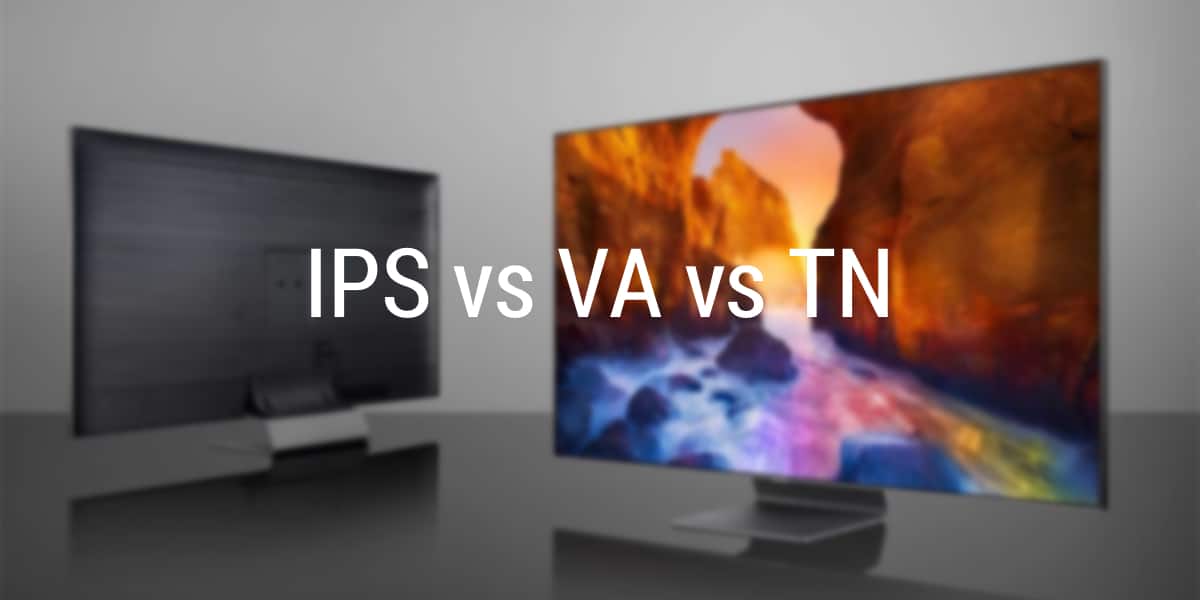
There are many types of panel for our monitor and each of them is designed for a specific use and content, although we can use any of them for any use. If we want to get the most out of our monitor, it is best to find the technology that best suits the use we give our device. There are panels that, due to their technology, are ideal for playing games, but not the best for writing or designing, either because of their refresh rate, colors or viewing angles.
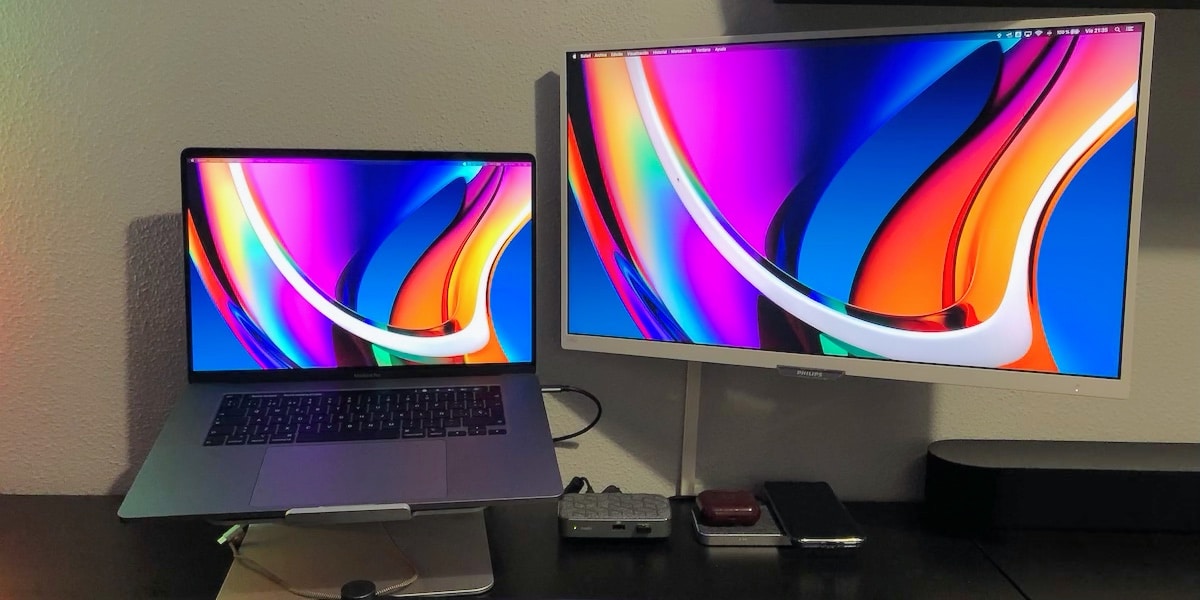
The 3 most common types of panel that we find on the market are VA, IPS and TN. Panels that do not resemble each other too much, since each one stands out in a section where the other falters, so we need to look closely at their characteristics to decide which is the most suitable for us. Among these types of panel, there are variants such as response time, viewing angles, color gamut or integrated software. In this article we are going to make things easier so that finding the ideal one for you is easier.
How are these technologies different?
Each panel technology has its advantages and disadvantages compared to the other, we will summarize in a few lines in which one technology stands out compared to the other, although then we will go on to detail on which each technology is based and its more detailed characteristics.
- IPS: The most realistic colors are not usually the most attractive and it is the highlight of the IPS panels, therefore they are the most conducive to photo editing. As well stand out for their viewing angles, offering a perfect view from any point of view. The worst is undoubtedly the response time, although we can already see IPS panels with a response time of 1ms.
- GO: El intermediate step from conventional LCD to OLED. VA is a type of panel that loses in viewing angles and color realism compared to IPS, but gains in contrast and response time, It is very common in brands such as Samsung or Sony. Most of Samsung's high-end QLED televisions have this type of led technology.
- NT: Undoubtedly the oldest type of panel in LCD technology. It stands out especially for its response time, but in return we have some very mediocre colors compared to both IPS and VA, offering very muted tones, it does not stand out for its image definition either. These monitors are usually the ones chosen by professional video game players, where response time and hertz prevail over everything else.
IPS panels
Undoubtedly the most used and most popular technology for its balance between positive and negative points. IPS stands for in-plane switching, like the rest of LCD panels, uses a voltage to align the liquid crystals that make up its panel, varying their orientation and position. In this case the crystals are parallel to the glass substrates hence their name (plane switched).
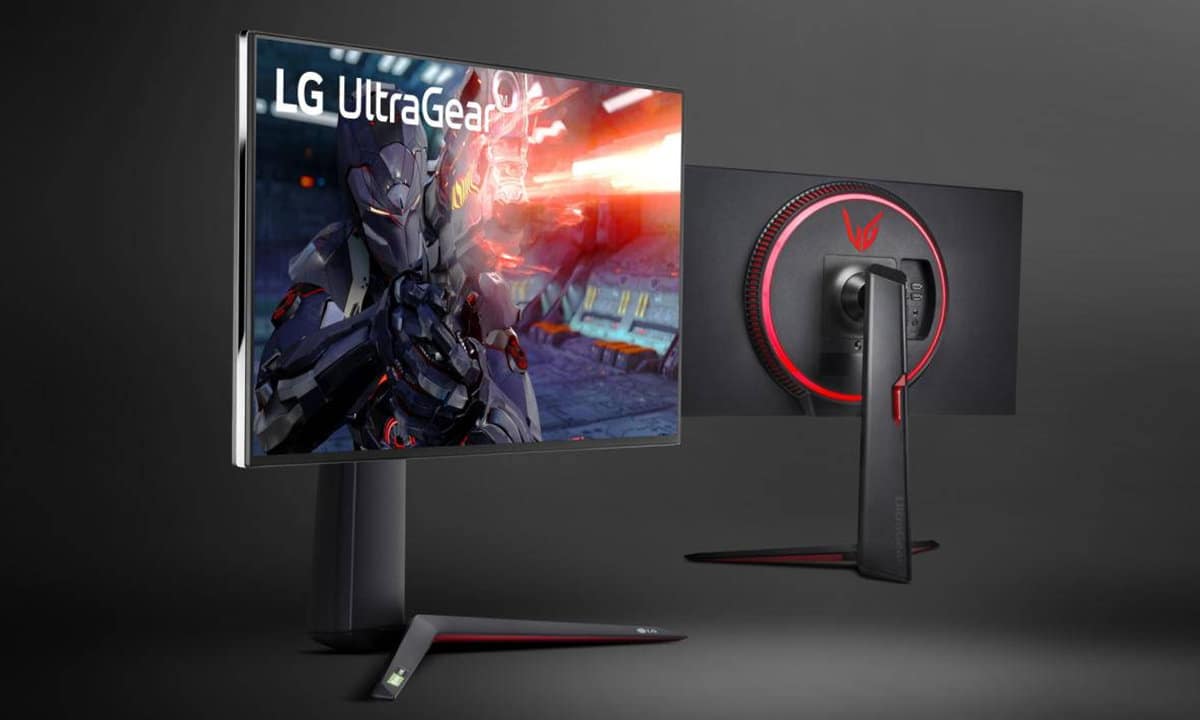
The liquid crystals of the IPS panels do not rotate as happens with the others, since these are already rotated and allow light to pass through. This means that the IPS panels benefit from better viewing angles but also that a more powerful backlight is needed, causing in some cases very annoying light leaks.
The manufacturer that usually makes the most and best IPS panels is LG and today we can find high-quality televisions that have made the most of this technology. Without a doubt if we want a reliable panel and for many years IPS is a fantastic option. If you want a monitor for photo and video editing, with IPS we ensure colors that are very close to reality.
VA panels
VA panels, undoubtedly those LCDs that most resemble an OLED in terms of contrasts. Its acronym VA means in Spanish: Vertical alignment. So your liquid crystals are vertically aligned and tilt when electricity is applied to let light through as the image prompts.
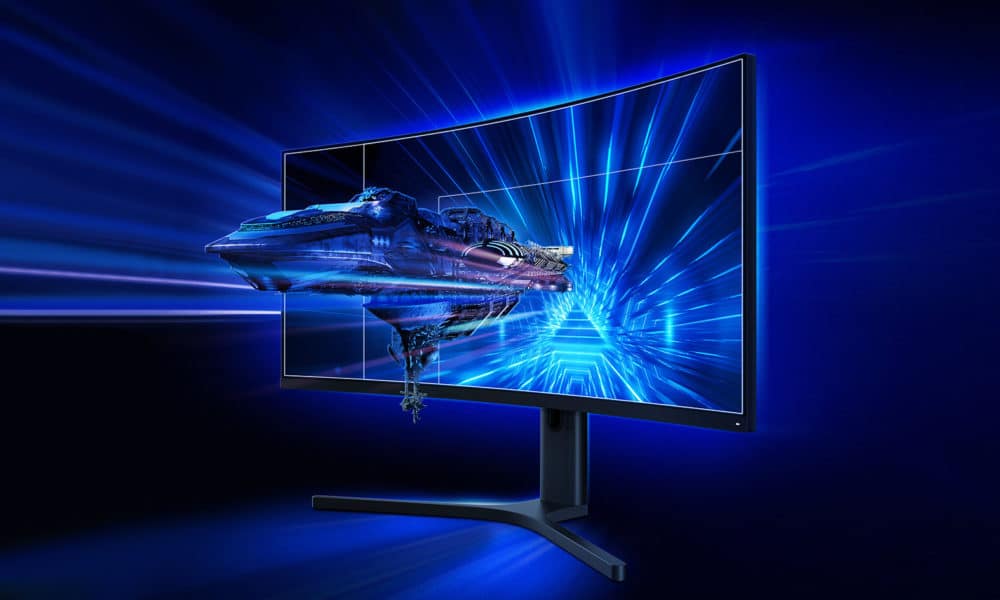
VA technology is widely used by Samsung in its high-end QLED panels. These panels have the advantage of offering colors much more saturated than IPS without reaching that infinite contrast offered by organic OLED panels. On the contrary, they lose viewing angle, which is why Samsung patented the curved panels to counteract this defect a bit.
Although they are very good panels to display multimedia content due to their great contrast and exceptional use of HDR, we have to go to the highest range and therefore more expensive to get a good response time and good refresh rates. In the cheaper VA panels we can find problems when managing the lighting on the screen, making the brightness not uniform, causing problems in the shadow areas when we are watching a movie.
TN panels
Let's finish with the TN panels. Is about the oldest technology in terms of LCD and undoubtedly the cheapest on the market although less and less frequent. These panels offer the best refresh rate at a reduced price on the market, together with this we obtain response times that we will not be able to see in other LCD technologies.
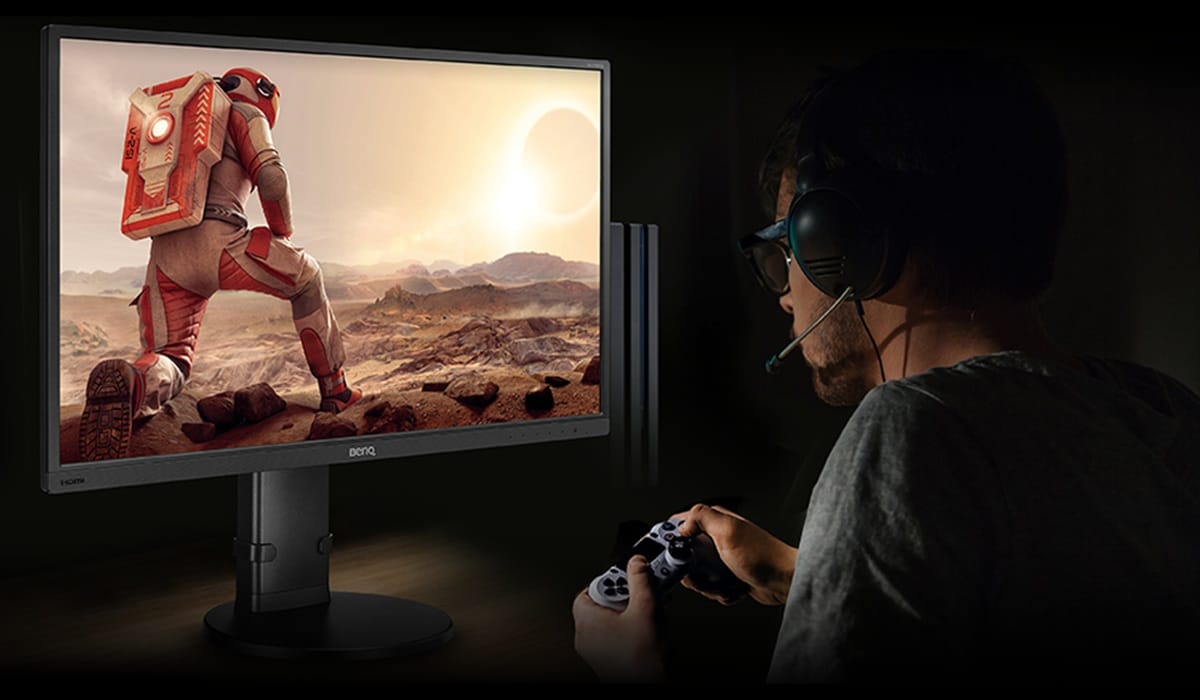
The characteristics of the TN panels make them ideal for gaming, both for the refresh rate that will show us images at the maximum FPS that our equipment allows us, as well as for an ideal response time, this response time is the small delay from when we press a key or the mouse until we visualize it in screen, something that can make us win or lose a game.
The biggest drawback of these panels is undoubtedly their range of colors, while in the panels VA and IPS most often have 8 to 10 bits, in TN panels we see a maximum of 6 bits which translates into 16,7 million colorsIt may seem like a lot, but every image we see on the monitor has almost infinite color variants. This causes that the colors of the TN panels are much more muted and gray than in the rest. If that detail is not important to you and you want to be as competitive as possible in video games, it is your best option without a doubt.